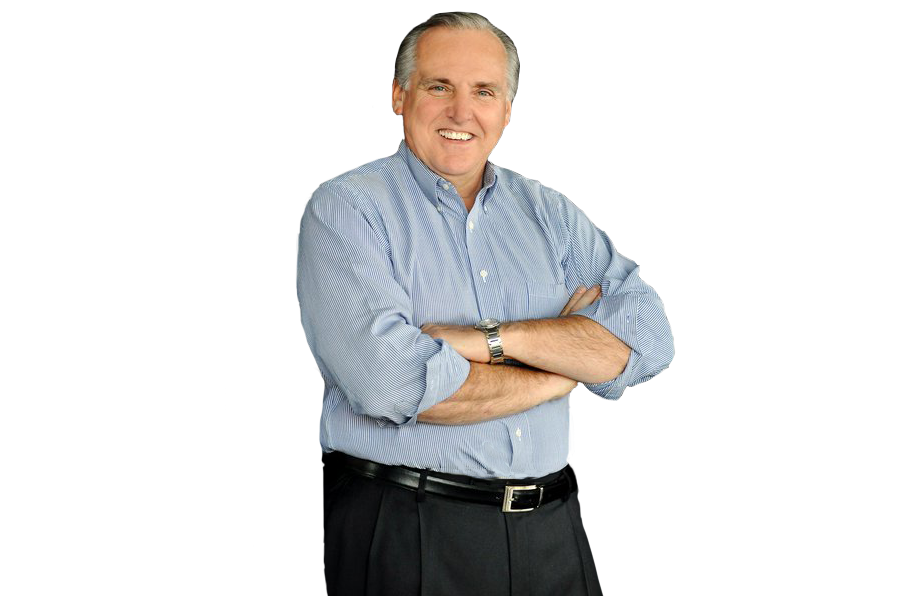In the compensation programs we recommend, the tech is paid an hourly rate based on their level of experience and the dealership location. For example, in the Midwest, a C-level tech might make $8-$10 dollars an hour. A tech in the Boston area, however, might need to be paid $14-$16 per hour. You know your area and what you have to pay to get a technician at the various levels, so adjust accordingly.
In the Midwest, a B-level tech makes $10-14 dollars an hour while an A-level tech makes $15-21 dollars an hour. A tech’s hourly rate should be increased based on training they have received and their investment in tools for their work. I don’t encourage dealers to give hourly pay increases just because a tech has been working for you one more year. Those are what I call door prizes and will do nothing to gain you improved productivity from your techs.
One of the most important questions to think about when developing a compensation program is how much you can pay out as a total package for the techs. I use a simple formula in making that determination. The first percentage to keep in mind is 30%. That is how much you can pay a technician in hourly pay plus bonuses of your effective labor rate if the tech is 100% efficient.
Your effective labor rate is your posted rate, minus any discounts or write-offs in labor you have given to customers as well as any warranty claims for which you were not paid at 100%. For example, let’s say your posted labor rate is $80 and your effective labor rate is $70 per hour. Then, you could pay a technician who was 100% efficient, $21 per billable hour. That would be 30% of the $70. We would set aside 15% for management costs, 35% for department costing which would include matching social security, unemployment, workers comp and employee benefits, with the final 20% going to the owners as net profit.
Over the years, we have tried many different compensation programs for techs and managers in shops and have settled on one that not only seems to work for the techs, but also for the dealers. In our program, the techs are required to clock in and out of work orders so that we can keep track of the time they are on a work order and compare it to the time that we are going to bill the customer for the work.
As an example, if a tech is servicing a mower and we are going to bill a customer for 45 minutes of time, then we measure the tech’s actual time on the work order to the amount of time, or the 45 minutes for which we are going to charge the customer. If the tech started and finished the job in 45 minutes, then they would have been 100% efficient. If they started and finished the job in one hour then they would have been 75% efficient. On the other hand, if they started and completed the job in 30 minutes, they would have been 150% efficient.
With our system there are other percentages to keep in mind that provide different bonus levels for techs to generate income over their hourly rate. If they are 85-100% efficient on work orders over a two-week average, they might get a $2 per billable hour bonus for every hour they produced over a two week period of time. If they were 101-125% efficient, they would get a $4 bonus on billable hours during that same period of time and if they were 126% efficient or higher, they would get a $6 bonus for each billable hour they produced.
As I had mentioned earlier, if you don’t have a penalty of some sort in place to make sure the techs are producing quality work, then they will just push equipment out the door with little regard to making sure it’s right. To prevent this from happening we have a redo or a comeback clause in our program. In the OPE world, if a tech has more than 2 comebacks in a two-week period of time, they forfeit 100% of their bonus for that time period. I have seen techs lose as much as $500 in bonuses because they had a third machine come back in the two-week period. I will promise that once that happens in your shop, it will not happen again.
In this plan, the tech has the ability to make an increasingly larger bonus per billable hour based upon their speed and training. The down side is that it takes a little more time to track efficiencies for each tech, and the dealership needs to move to a heavier percentage of flat-rate repairs. The upside is that techs are motivated to reach higher performance levels, which produces more dollars for the dealership and faster turn times for the customers. Regardless of how you currently compensate your people, you owe it to yourself and your business to ask yourself if your current compensation plan motivates your people and drives the performance you are looking for. If not, make some changes as you move into the next year.
Remember, your goal is to push your dealership and your employees to produce the results you are looking for and to help you maintain your competitive position in your market.
Related Content:
3 Tools For the Efficient Service Technician





